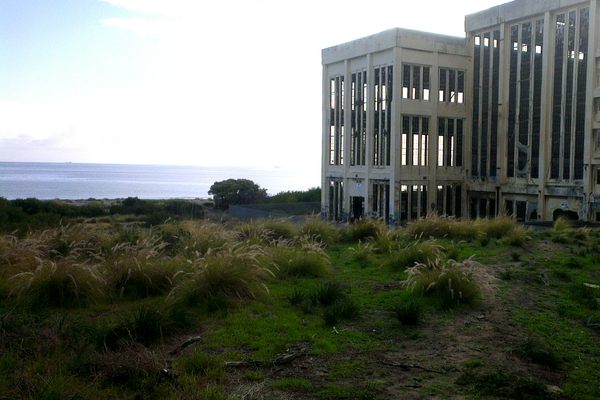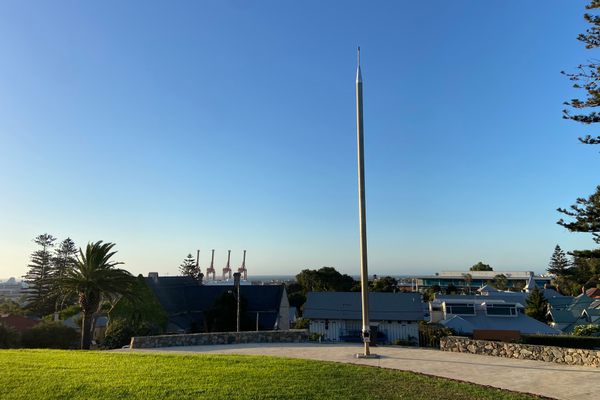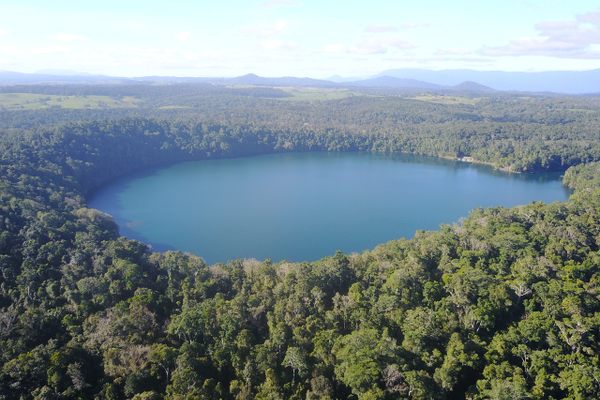AO Edited
Lake Clifton Thrombolites
An impressive site containing some of the earth’s rarest living fossils.
Lake Clifton, nestled within the Yalgorup National Park in Western Australia, is a captivating site renowned for its unique thrombolites. Thrombolites are microbial formations shaped by the intricate interplay of cyanobacteria, contributing to the trapping and cementation of sedimentary particles. Unlike stromatolites, thrombolites are living structures, and Lake Clifton is home to one of the few places globally where these formations can be observed.
The thrombolites in Lake Clifton are distinctive, manifesting as rounded domes emerging from the lake’s shallow waters. Their presence echoes an ancient lineage, providing a living snapshot into the early chapters of Earth’s biological history. These microbial communities, through their activity, contribute to the precipitation of calcium carbonate, giving rise to the layered structures visible in the thrombolites.
Beyond their geological significance, the thrombolites play a crucial role in supporting a unique ecosystem in and around Lake Clifton. The delicate balance of this environment sustains various species of aquatic birds and other wildlife, further underscoring the importance of conserving this living fossil.
Conservation efforts are implemented to protect the fragile thrombolite ecosystem. Visitors are encouraged to follow designated paths and boardwalks, minimizing their impact on the environment while still having the opportunity to marvel at this extraordinary natural phenomenon. The thrombolites serve as a living testament to the resilience and adaptability of life, surviving and thriving in an ever-changing world.
Know Before You Go
There is a parking area which is well signposted.

















Follow us on Twitter to get the latest on the world's hidden wonders.
Like us on Facebook to get the latest on the world's hidden wonders.
Follow us on Twitter Like us on Facebook